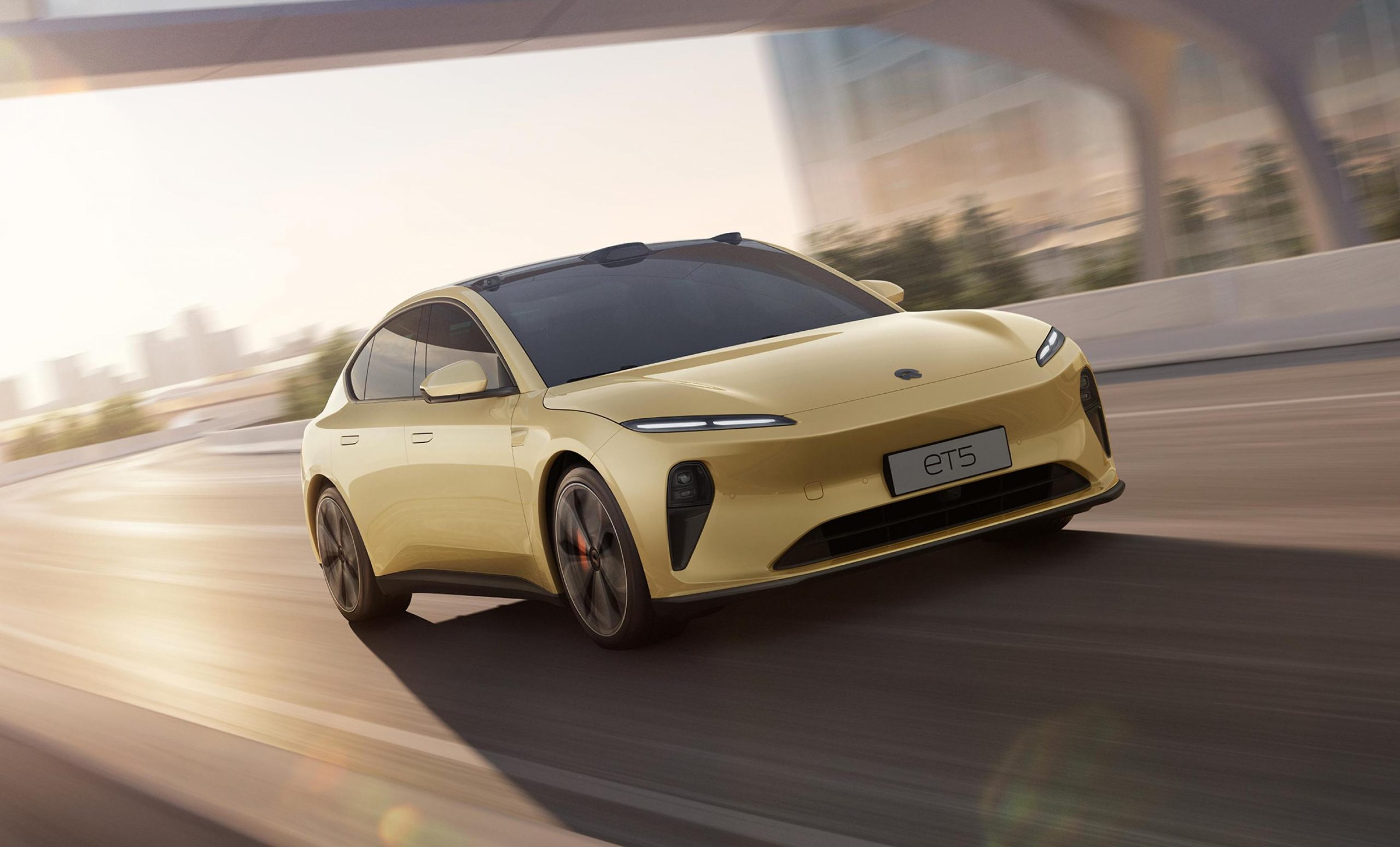A good-looking, well-equipped electric sedan priced below the RM250,000 mark? Take my money!
The NIO Day 2021 event which took place recently in Suzhou, China saw the launch of NIO’s mid-size electric sedan called the ET5. This is the Chinese EV maker’s second sedan after the flagship ET7, which was introduced at last year’s edition of the annual event.

Looking at the exterior, the ET5 clearly draws inspiration from its larger sibling but with a more pronounced liftback design. NIO says the muscular haunches are inspired by the EP9 supercar, while the sharp creases further accentuate the ET5’s “youthful” and “dynamic” image.

Meanwhile, the interior carries the concept of a second living space, with sustainable fabrics and improved acoustics. The party piece here is the panoramic and immersive digital cockpit called PanoCinema, which features AR and VR technologies. For the former, NIO partners with Nreal to jointly developed AR glasses that can project an effective screen size of 201-inch at 6 meters.
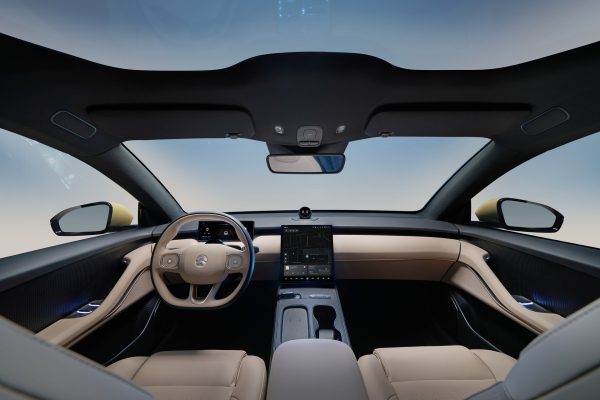
As for the latter, the company collaborates with Nolo to jointly develop VR glasses with ultra-thin Pancake lenses that offer a binocular 4K display effect. Other creature comforts include a 10.2-inch HDR instrument cluster, Dolby Atmos 7.1.4 surround sound system and 256-color curtain ambient lighting system.
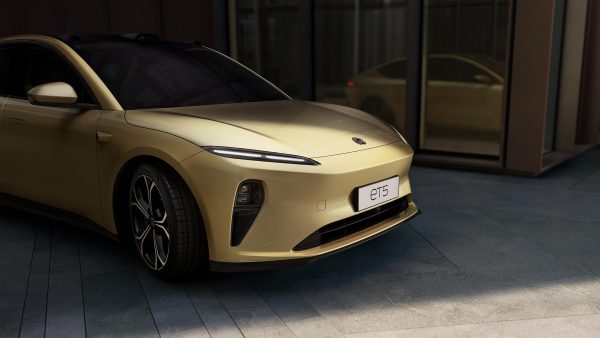
Powering the ET5 is a twin-motor setup generating 150 kW at the front and 210 kW at the rear, resulting in a total system output of 480 PS and 700 Nm of torque. That’s enough to propel the sedan from 0 to 100 km/h in a scant 4.3 seconds. From that speed, the EV can come to a compete stop in just 33.9 meters thanks to in-house developed four-piston callipers. There are eight drive modes in total, namely Eco, Comfort, Sport, Sport+ Snow, Sand, Wet and Custom.
When it comes to range, the ET5 offers up to 550 km with the 75 kWh Standard Range Battery, over 700 km with the 100 kWh Long Range Battery, and over 1,000 km with the 150 kWh Ultralong Range Battery. These figures are based on the China light-duty vehicle test cycle (CLTC).
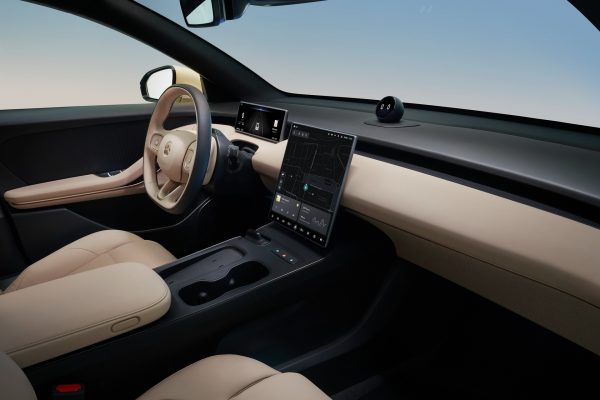
Another feature worth highlighting is the NIO Autonomous Driving (NAD), which employs NIO Aquila Super Sensing and NIO Adam Super Computing. Aquila features 33 high-performance sensing units including an ultralong-range high-resolution LiDAR, 11 8MP high-resolution cameras, enhanced driver monitoring system, 5 mm wave radars, 12 ultrasonic sensors, redundant high-precision localisation units and V2X.
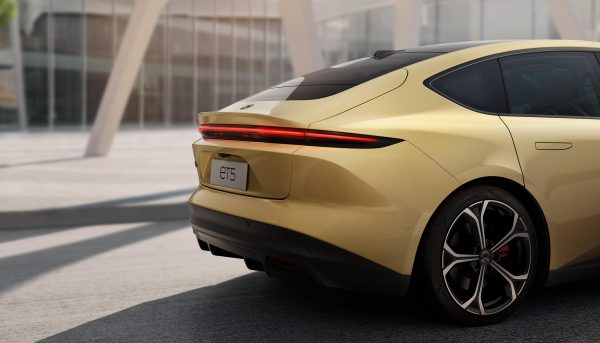
According to the automaker, with these hardware, the ET5 will gradually achieve a safe and reassuring autonomous driving experience in scenarios such as highways, urban areas, parking and battery swapping. NAD’s full features will be gradually rolled out after development validation, and be available to users via a RMB680 (RM450) monthly subscription under ADaaS (AD as a Service).

NIO expects to begin delivery of the ET5 in September 2022. In China, the car is offered with nine colour options, with prices starting from RMB328,000 (RM217,290) before subsidies, and RMB258,000 (RM170,917) with BaaS (Battery-as-a-Service). It is unknown, at the moment, whether it will be offered in other markets.



